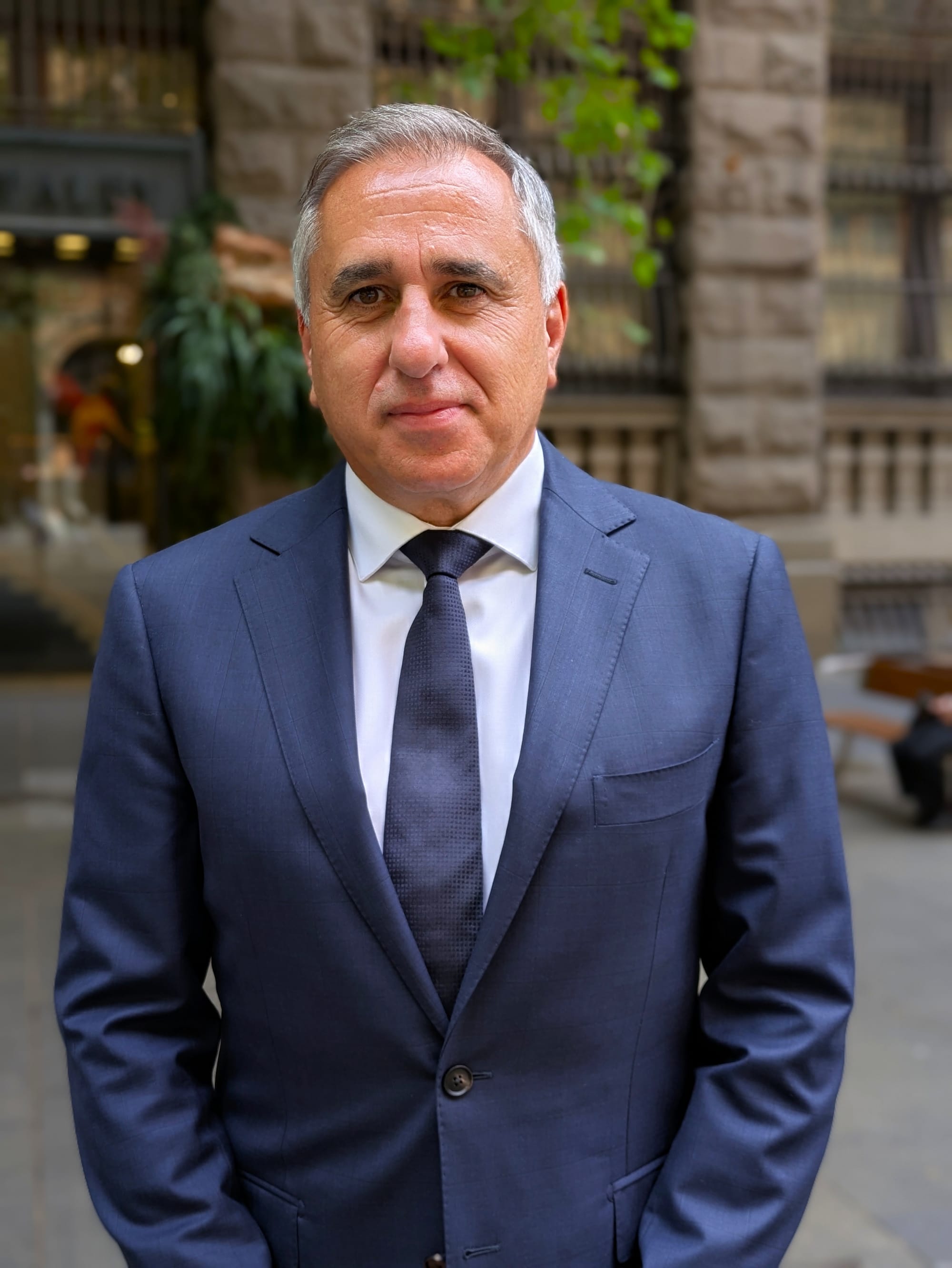Retirement
Women ‘finally’ getting more of the ‘super pie’
Men still retire with an average $114,000 more in super than women, but the gap is “finally” closing, an Australian super association has revealed.
Women ‘finally’ getting more of the ‘super pie’
Men still retire with an average $114,000 more in super than women, but the gap is “finally” closing, an Australian super association has revealed.

New data released on 27 October by the Association of Superannuation Funds of Australia (ASFA) has shown the average super balances of men and women at retirement diverge by $113,660, with men between 60 and 64 possessing super balances of $270,710 and women $157,050.
A significant difference, the portion of the “super pie” (the combined pool of both men and women’s superannuation) owned by women has nevertheless grown from 32.1 per cent ($138,150) of a $430,650 super pie in 2013-14 to 36.7 per cent ($157,050) of the super pie in 2015-16.
While celebrating the slight gain made, ASFA said addressing the overall difference was an important step towards “greater social equality and better outcomes for all in retirement”.
The ASFA report follows a recent study from Swiss bank, which UBS found that the average 50-year-old Australian woman would need to save an additional 37 per cent of her income each month until retirement in order to match her salary.

Speaking on the ASFA report, Dr Martin Fahy, ASFA CEO said: “While women can look forward to retiring with more superannuation than their mothers and grandmothers, the ongoing issue of broken employment patterns and a troubling persistent gender pay gap means we cannot afford to be complacent.”
Over all age groups, the average male super balance in 2015-16 was $111,853 and women had on average $68,499. These figures are “well up” on the 2013-14 figures of $98,535 for men and $54,916 for women.
However, Dr Fahy said the superannuation guarantee (SG) needs to be lifted to 12 per cent “sooner rather than later” in order to address the “glaring lack” of sufficient super for many retirees.
“Many recent retirees will need to substantially rely on the age pension in their retirement,” he said, but phased increases in SG contributions until they hit 12 per cent could be of benefit.
Additionally, he called for the removal of the $450 per month threshold beneath which super isn’t required to be paid by employers. He argued that such action would help both women and those in the “gig economy” in particular.
ASFA added that by linking the payment of superannuation contributions to paid parental leave, and by providing people with the option to make “catch-up contributions” when their balance is low, improved outcomes could be achieved for both men and women.
The association’s report follows a study it made earlier this month into the impact of the gig economy on super balances at retirement.
That report warned that the gig economy “will have potentially profound effects on the nature of work and on the relationships between workers and those who engage them” and would “also challenge the effectiveness of current settings for the superannuation system.”
Additionally, the issue of the retirement balance gap between genders has been under the spotlight worldwide, with the combined Actuaries Institutes of Australia, the UK and the US finding that women in all three countries are less prepared to retire than men and the problem is worst in Australia.

Superannuation
Rest appoints experienced governance expert to bolster superannuation fund
Rest, one of Australia's largest profit-to-member superannuation funds, has announced the appointment of Ed Waters as the new Company Secretary. Waters, who brings with him over 15 years of extensive ...Read more

Superannuation
Small businesses brace for cash flow challenges as Payday Super becomes law
With the new Payday Super legislation now enacted, small businesses across Australia are preparing for a significant shift in how they manage superannuation contributions. The law, which mandates a ...Read more

Superannuation
Rest launches Innovate RAP to support fairer super outcomes for First Nations members
In a significant move towards reconciliation and inclusivity, Rest, one of Australia's largest profit-to-member superannuation funds, has unveiled its Innovate Reconciliation Action Plan (RAP)Read more

Superannuation
Payday super legislation promises fairer retirement for part-time and casual workers
In a landmark development for the Australian workforce, the recently passed Payday Super legislation is set to transform the retirement landscape for countless part-time and casual workersRead more

Superannuation
Payday Super passes as Employment Hero, OZEDI and Zepto unite to help small businesses meet new seven-day payment rule
With the Payday Superannuation Bill officially passing through Parliament, Australian businesses are now less than eight months away from a major shift in how superannuation contributions are made — ...Read more

Superannuation
Aware Super appoints Simon Warner as Chief Investment Officer
Aware Super has announced the appointment of Simon Warner as Chief Investment Officer, effective 1 December 2025, following a competitive global search to replace outgoing CIO Damian Graham, who ...Read more

Superannuation
Employers call for pragmatic safeguards to ensure Payday Super reform succeeds
Employment Hero chief executive Ben Thompson has urged the federal government to introduce a phased rollout and reciprocal safeguards to support small businesses as the Payday Super reform approaches ...Read more

Superannuation
Aware Super elevates tech leadership with strategic appointment of Richard Exton
Aware Super, one of Australia's largest industry super funds, has announced a pivotal appointment to its executive team, underscoring the growing importance of technology, data, and artificial ...Read more

Superannuation
Rest appoints experienced governance expert to bolster superannuation fund
Rest, one of Australia's largest profit-to-member superannuation funds, has announced the appointment of Ed Waters as the new Company Secretary. Waters, who brings with him over 15 years of extensive ...Read more

Superannuation
Small businesses brace for cash flow challenges as Payday Super becomes law
With the new Payday Super legislation now enacted, small businesses across Australia are preparing for a significant shift in how they manage superannuation contributions. The law, which mandates a ...Read more

Superannuation
Rest launches Innovate RAP to support fairer super outcomes for First Nations members
In a significant move towards reconciliation and inclusivity, Rest, one of Australia's largest profit-to-member superannuation funds, has unveiled its Innovate Reconciliation Action Plan (RAP)Read more

Superannuation
Payday super legislation promises fairer retirement for part-time and casual workers
In a landmark development for the Australian workforce, the recently passed Payday Super legislation is set to transform the retirement landscape for countless part-time and casual workersRead more

Superannuation
Payday Super passes as Employment Hero, OZEDI and Zepto unite to help small businesses meet new seven-day payment rule
With the Payday Superannuation Bill officially passing through Parliament, Australian businesses are now less than eight months away from a major shift in how superannuation contributions are made — ...Read more

Superannuation
Aware Super appoints Simon Warner as Chief Investment Officer
Aware Super has announced the appointment of Simon Warner as Chief Investment Officer, effective 1 December 2025, following a competitive global search to replace outgoing CIO Damian Graham, who ...Read more

Superannuation
Employers call for pragmatic safeguards to ensure Payday Super reform succeeds
Employment Hero chief executive Ben Thompson has urged the federal government to introduce a phased rollout and reciprocal safeguards to support small businesses as the Payday Super reform approaches ...Read more

Superannuation
Aware Super elevates tech leadership with strategic appointment of Richard Exton
Aware Super, one of Australia's largest industry super funds, has announced a pivotal appointment to its executive team, underscoring the growing importance of technology, data, and artificial ...Read more








